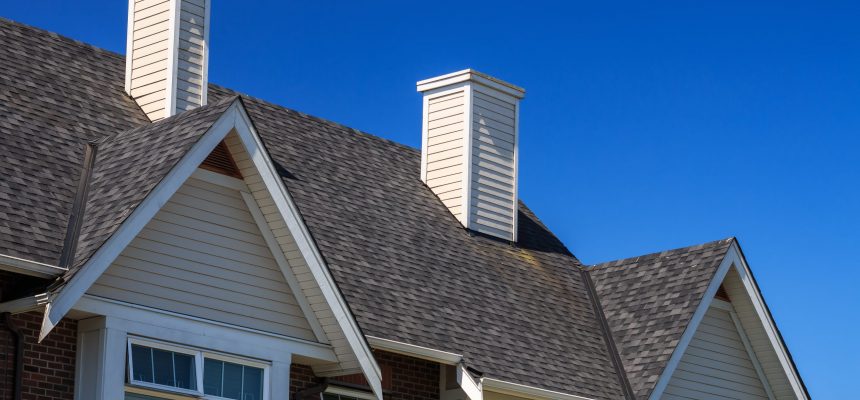As a homeowner, you need to understand many aspects of your home to maintain it properly. However, many homeowners can be intimidated by the unfamiliar words used in the home maintenance industry, especially when it comes to roofing terms.
Learning some of the basic terminologies around roofing can help homeowners understand how to maintain the roof of their home. Becoming familiar with the language surrounding roofing can come in handy if a homeowner needs to communicate with a roofing specialist and describe required repairs. This list will define 7 of the most common roofing terms every homeowner should know to maintain their roof correctly.
Here are 7 roofing terms every homeowner should know (listed in alphabetical order):
- Decking
- Drip Edge
- Fascia
- Flashing
- Gable
- Square
- Underlayment
These words usually wouldn’t make sense to an everyday person who isn’t experienced in roofing or home improvement. However, these terms do not have overly complex meanings and can be simple to learn and memorize for a homeowner.
Knowing these terms can help homeowners identify the different parts of their roofs. Check out these descriptions of these 7 basic roofing terms to better understand the elements involved in roofing. Although this list of words does not include the entire variety of roofing terminology used, these 7 roofing terms can help homeowners understand what they are talking about when discussing the condition of their roof with specialists.
Decking
Roof decking is the surface that the roofing materials will be affixed to. The decking is built on top of the frame of the roof and the rafters of the house. Decking is typically made of cement, concrete, steel, or wood. This is one of the primary foundation layers of a roof system.
Drip Edge
Drip edge is an L-shaped metal sheet used to direct water away from the edge of the roof. All newly built homes are required to have drip edges installed in the roof systems. The drip edge guides water towards the gutters and away from areas susceptible to water damage. Drip edges should be checked several times a year to avoid the buildup of rust.
Fascia
Fascia is the wooden trim at the edge of the roof. This wooden trim is long and lies horizontally behind the gutter. This area is very susceptible to water damage due to its wooden composition. However, the fascia is protected by the drip edge guiding water away from it.
Flashing
Flashing is placed on the roof around any objects penetrating the rooftop, such as vents or chimneys. Typically, flashing is made of rust-resistant metal and is used to prevent leaks in the areas where it is applied. The application of flashing can help to further weatherproof your roof.
Gable
Gable refers to the triangular area where the edges of a rooftop intersect with the roof’s ridge. The ridge is the top horizontal line of where the roof sides meet. The gable is usually perpendicular to the ridge. A gable wall is another term to know, which refers to the wall beneath this triangular area.
Square
A square is the unit of measurement typically used when discussing roofing. One square is equal to 100 square feet. When determining how much material will be needed to cover a roof, the material is measured in squares. Squares are the most common unit of measuring roofs and are essential to know, alongside the slope of the roof, which calculates the incline of the roof in inches per foot.
Underlayment
Underlayment is the material laid on top of the deck and underneath the shingles. This layer provides extra protection and water resistance for the roof system. Usually, underlayment is made of three materials: asphalt-saturated felt, synthetic materials, or rubberized asphalt.
Final Thoughts
Dealing with roof maintenance can be tricky if you don’t have an understanding of the basic terminology. Homeowners should take the time to learn the jargon around roofing and other components of their home. Learning these terms can make maintaining and repairing the home much more straightforward.
Communicating what repair or maintenance needs to be done will be tricky without knowing basic roofing terminology. There’s no need to be intimidated by the unfamiliar language surrounding roofs and their different elements. Knowing the seven roofing terms discussed in this guide can help you understand the basic terminology of roofing.





